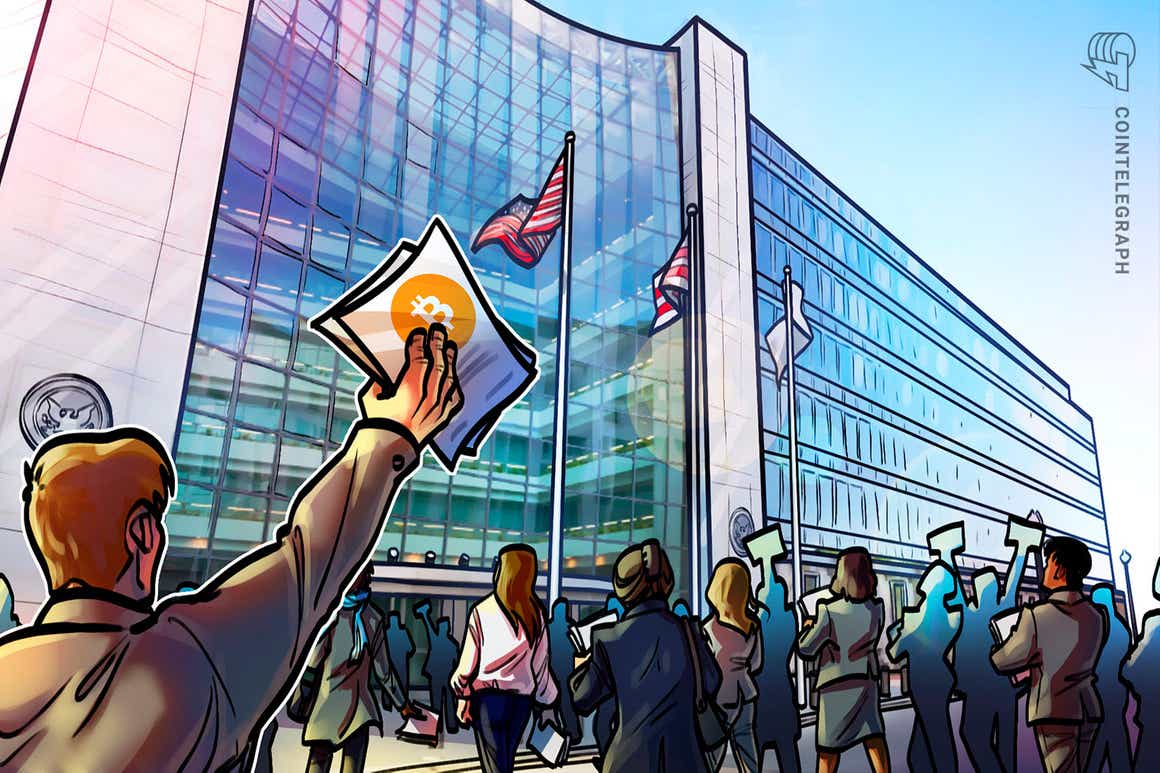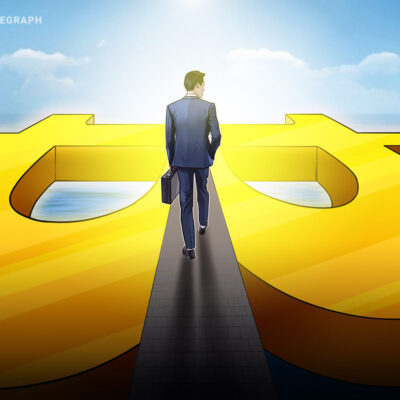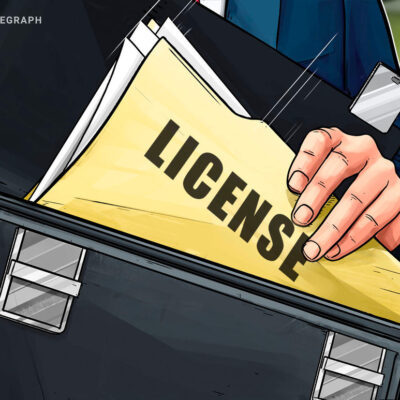Eight years in the making, the United States Securities and Exchange Commission’s (SEC) silent approval of a Bitcoin (BTC) exchange-traded fund (ETF) last week elicited a wave of exuberance in the crypto space and sent the price of the key digital currency to a new all-time high.
Despite some analysts and industry participants having reservations regarding the nature of the approved product — ProShares Bitcoin Strategy ETF (BITO) and Valkyrie Bitcoin Strategy ETF (BTF) being futures-based rather than tracking Bitcoin’s spot price — the development has been overwhelmingly hailed as a breakthrough moment in crypto history.
Ahead of BITO’s momentous launches on the New York Stock Exchange, it had been unclear how much interest the new offerings would attract. On the first day of BITO, trading exceeded even the most optimistic expectations as the new ETF delivered a record-breaking volume. Meanwhile, the price of BTF has fallen slightly during the first day.
Excited as the crypto crowd is, the question remains: Why is this happening now?
Years of regulatory resistance
The ETF approval is a watershed moment for the industry. In a written statement to Cointelegraph, Bitcoin Foundation chairman Brock Pierce remarked that “This moment is long-awaited, as numerous entrepreneurs and firms have sought approval from regulators since as early as 2013.â€
Since the Winklevoss brothers had first attempted to secure regulatory approval for a Bitcoin exchange-traded fund eight years ago, the SEC got into a habit of either rejecting or repeatedly delaying decisions on multiple proposed Bitcoin ETFs.
The SEC has long argued that the market underlying these proposed instruments is nothing short of a minefield for unsuspecting traders. The regulator’s chief concerns included possible Bitcoin price manipulation, insufficient liquidity, cybersecurity issues and lack of transparency of trading data needed to price the asset.
In early April, SEC Chair Gary Gensler had first hinted that he could be open to an ETF tracking the price of regulated Bitcoin futures rather than those tied to the actual asset, sparking a new round of proposal filings. In Gensler’s view, exposure to BTC futures, especially those regulated under the Investment Company Act of 1940, provides a double casing of investor protection that could be deemed sufficient by the agency’s standards.
In late September, speaking at the Future of Asset Management conference, Gensler doubled down on the feasibility of a Bitcoin futures exchange-traded product, suggesting that the previous comments expressed a carefully weighted position rather than a whimsical turn of the phrase.
Congratulations to @ValkyrieFunds on the launch of its Bitcoin Strategy #ETF $BTF!
Learn more about the U.S.-listed Bitcoin futures ETF and how it invests in a new future: https://t.co/mDrWbHn0xI pic.twitter.com/rE5QibNWiB
— Nasdaq (@Nasdaq) October 22, 2021
Indeed, the futures-based model addresses many investor protection grudges that the SEC holds toward the physical Bitcoin products. Because investors essentially bet on whether BTC price will go up or down, they don’t need to touch the actual cryptocurrency and there is no requirement for the ETF provider to custody Bitcoin, thus eliminating a major source of regulatory headache.
Furthermore, Bitcoin futures, overseen by the Commodity Futures Trading Commission (CFTC), have been offered since 2017 on the Chicago Mercantile Exchange. This is an instrument that has a proven track record and is well understood by financial regulators.
Why now?
Gary Gensler, whose appointment to the top securities regulator role in April 2021 had been met with excitement by much of the crypto community, has quickly proved to have a more complicated relationship with the digital asset space. Particularly, his relentless drive to categorize most crypto assets as securities and regulate them as such contributed to many in the industry striking him off the list of crypto allies.
At the same time, as someone who undoubtedly knows a thing or two about cryptocurrency and its potential, it is likely that the SEC Chief doesn’t want to establish himself as the crypto industry’s number one villain. Letting a futures-based Bitcoin ETF finally happen could be seen as the safest and cleanest way to give the sector something that looks and feels like a major victory.
Related: Crypto breaks Wall Street’s ETF barrier: A watershed moment or stopgap?
Brad Yasar, founder and CEO of decentralized finance platform EQIFI, sees two key logical points behind October 2021 becoming the time when the SEC’s blockage of Bitcoin ETFs was finally lifted. The first one is institutional inertia, whereby it simply takes a lot of time for the regulatory machinery to respond to the demand for a new product class, even when it is evident that the time has come. Yasar remarked to Cointelegraph:
“The system worked through its cycles and finally reached a state where approval was possible. It also doesn’t hurt that now multiple public entities are holding large amounts of Bitcoin on their books and reporting those assets quarterly, so the regulators have more data points to evaluate.â€
The second component, in Yasar’s opinion, is that there is a lot of institutional pressure on the SEC to grant traditional financial institutions easy access to this alternative investment opportunity.
SEC’s cartel
Some more exotic explanations are floating within the camp of those crypto intellectuals who tend to perceive the government and Wall Street as presenting a unified front against retail investors. According to this logic, a futures-based ETF means higher fees and more institutional middlemen who get to benefit from investors’ soaring interest in crypto.
In a tweet, Ryan Selkis, founder of crypto investment firm Messari, opined that the SEC is “simply part of the cartel.â€
I can’t wait for JPMorgan to manipulate the BTC market the way they manipulated the silver market.
That’s why the SEC prefers a futures ETF that costs 5-10% annually vs. a spot ETF that would cost 1-2%.
The SEC is simply part of the cartel at this point. pic.twitter.com/vc0VVKHUyE
— Ryan Selkis (@twobitidiot) October 15, 2021
Whatever had triggered regulators’ approval of the ETF, it is likely to be a net positive for crypto adoption and mainstreaming. Investors’ incredible excitement about the new offering in the first days of ProShares’ trading proves that those who expected it to struggle were misguided. The ease of gaining exposure to Bitcoin from the comfort of one’s regular brokerage or retirement account seems to be of interest to large swaths of U.S. investors.
Perhaps the simple notion that the time has come and there’s no point in fighting the inevitable has been the best explanation all along.






